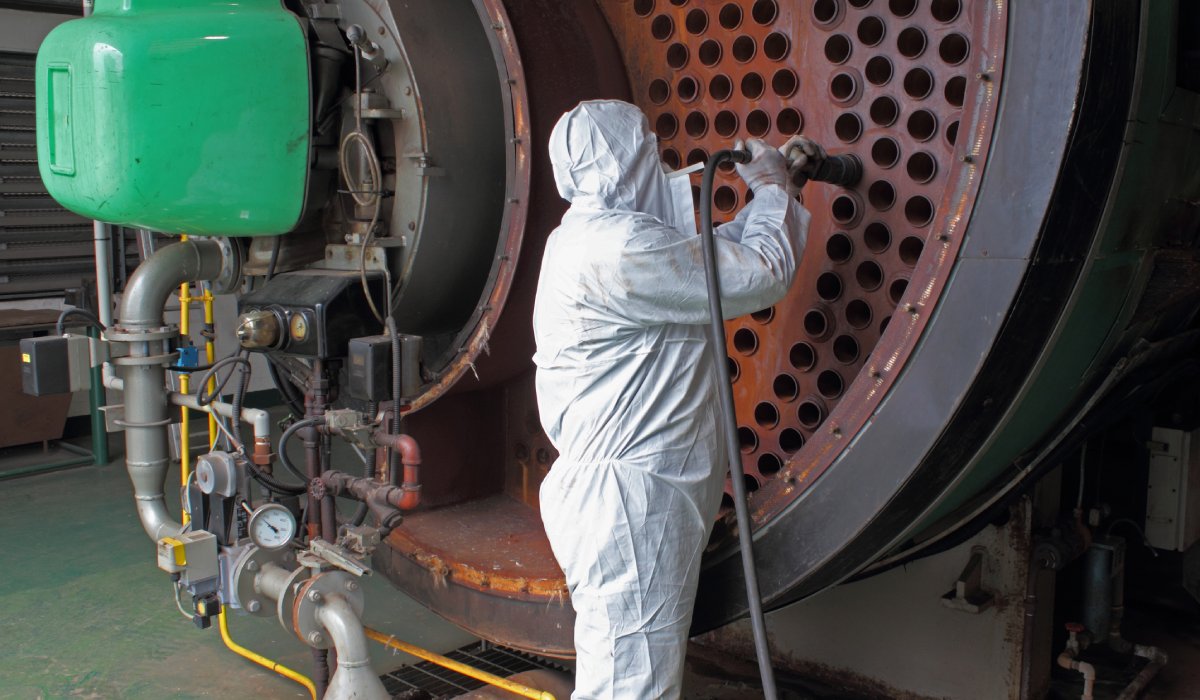Keeping workers safe in the construction industry means making a commitment to the people who power your business. With long hours, harsh environments, and physically demanding tasks, prioritizing safety and well-being is the most meaningful investment you can make for your team.
Not only does this foster a culture of trust and respect, but it also reduces downtime, boosts productivity, and ensures your business thrives. Leverage these benefits and make your site a place your team members are glad to work at with these tips for building safer workplaces in construction through care.
Foster a Culture That Values Everyone’s Well-Being
It’s crucial to show workers that you value them beyond the job they perform. Start by promoting transparent communication and encouraging employees to voice any safety concerns without fear of backlash. Hold safety discussions as an integrated part of daily operations.
Additionally, providing mental health resources such as access to counseling or stress-relief programs creates a supportive atmosphere where employees feel cared for as individual people, not just workers.
Follow Industrial Safety Best Practices
Using the right industrial tools and following safety protocols is nonnegotiable when it comes to accident prevention. Think of the hydraulic systems that help power your machinery. While incredibly useful, they carry risks due to stored pressure and moving parts.
One critical safety measure when working with hydraulic pumps and other equipment is adhering to lockout/tagout (LOTO) procedures. LOTO ensures machines are properly shut off and unpowered during maintenance or servicing, preventing accidental releases of energy.
Choosing tools with advanced safety features is another safeguard. Tools with automatic shutoff mechanisms significantly minimize operational hazards. Pair these tools with personal protective equipment (PPE) such as gloves and goggles to keep safety at the forefront of your operations.
Reduce Daily Hazards
When building safer construction workplaces through care, address the physical nature of the work by implementing regular breaks and ergonomic assessments. For example, evaluate the lifting techniques workers use when handling heavy materials to identify risks of strain or injury. Respond by upgrading tools such as lifting straps or dollies to reduce physical effort.
Another important assessment is analyzing worksite layouts to minimize repetitive bending or awkward postures. Adjust workstation heights where possible, such as using adjustable scaffolding to keep tasks within comfortable reach.
Running a safe construction business requires commitment, care, and continuous improvement. From adhering to strict safety protocols to cultivating a supportive culture, every step you take builds trust and ensures team members return home safely.









